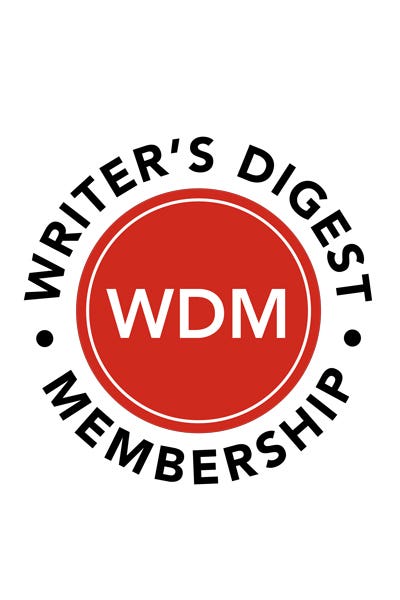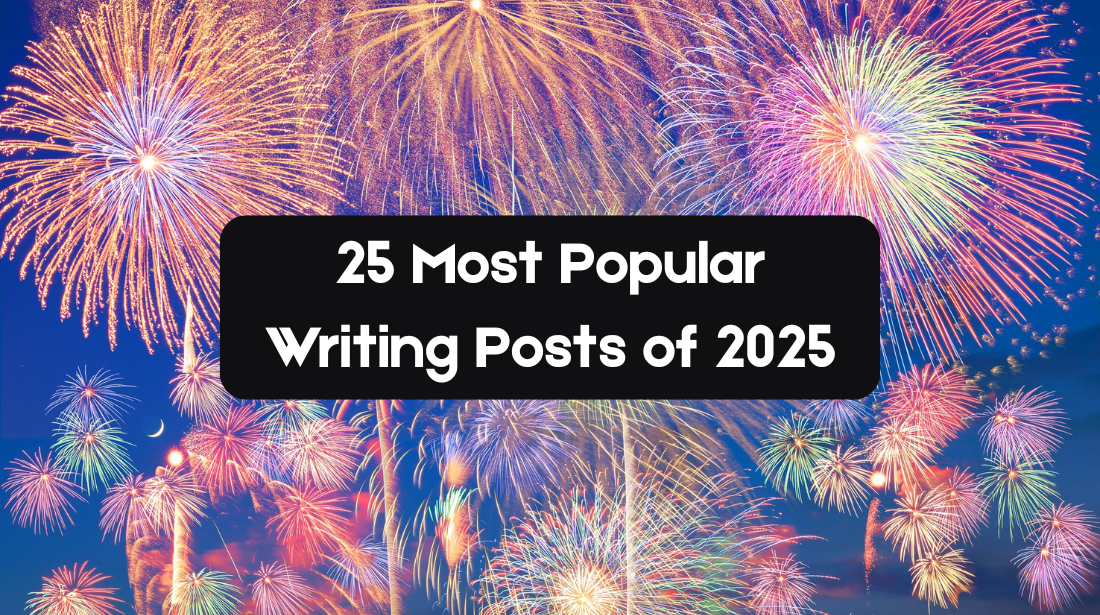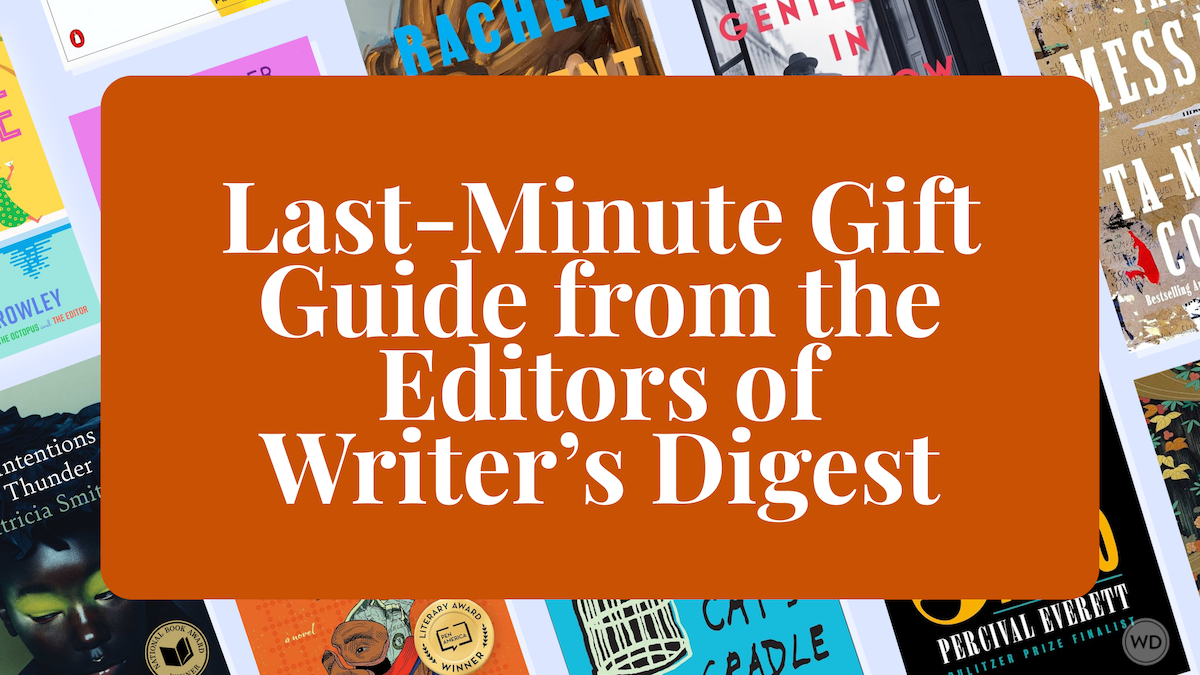Shifting From Publishing Copywriter to Published Novelist
Author Colin Brush shares how he went from writing reductive copy for novels to expanding copy into a novel.
For the last 25 years, I’ve been a copywriter at the world’s largest trade publisher, turning authors’ 100,000-word books into 100-word pitches to persuade readers that the book they hold in their hands will be their next favorite read.
Many authors (and editors) struggle with this reductive process. Their book is about so much! How can it possibly be boiled down to 100 words (sometimes fewer!)? And, more importantly, who is going to be intrigued by such a desiccated version of their book? Lucky me! That’s why I, and countless marketing and publicity teams across the industry, have jobs. It’s our role to reduce a book to its essence, then turn that essence into a full-blooded pitch that will excite its potential readers.
When it came to writing my own novel, Exo, out in November from Diversion Books, I had the opposite problem. The inspiration came from a visit to a small corner of England’s southeast coast called Dungeness. I could see all the elements of an intriguing science-fiction murder-mystery. I scribbled down a few pages of notes on these elements. Straightaway, I could see a plot outline. There it was. A couple of hundred words. I stared at them. How, I wondered, did I turn 200 words into 100,000 words?
Luckily, I wasn’t alone in facing this problem. Not only have I been an avid reader all my life, but over the last 25 years, I’ve written the cover copy for over 5,000 books. That involves reading at least some (rarely all, sadly, as there isn’t the time) of a great many different books. I had the examples of literally thousands of authors to draw upon. Everything from blockbusting bestselling thrillers to arcane political histories, Booker- and Pulitzer-prize-winning literary reads to fantasy epics, thousand-year-old classics to the latest romantasy sensation.
So, what had I learned?
Firstly, start with an opening that will grab your readers. Not every author needs to do this. But most first-time authors start with an opening sentence or paragraph that grabs the reader. Otherwise, how else do they get picked off the slush pile? This, actually, was no different to my work as a copywriter. You’ve got to grab the reader’s interest from the get-go, or they put the book back down. So, early, I settled on an opening line:
Mae was out checking her traps when she found the girl.
It’s what I call a Jane Eyre opening (Charlotte Brontë’s novel begins: ‘There was no possibility of taking a walk that day.’), posing at least one very big WHY question. My line, I thought, was suitably intriguing, posing a lot of questions in the reader’s mind that only reading on would answer: What kind of traps? Who is the girl? Why is she found? (In the end, we added a prologue, so this is now the opening of the first chapter proper.)
Early on, I also needed to have some clear sense of what kind of story I was telling. As a copywriter, you need to know what you’re selling. In publishing terms that is usually the genre of the book. But there is a more fundamental and, I would argue, more important way of looking at stories: their plot type. This is an old idea given new life by (the perfectly named) Christopher Booker in his The Seven Basic Plots. Is it a quest story (Lord of the Rings), or a tale of voyage and return (The Time Machine)? Is it one of rebirth (The Secret Garden) or tragedy (Romeo and Juliet)? Must the protagonist overcome a terrible monster (James Bond) or do they face obstacles to finding their true love (Bridget Jones), or perhaps theirs is a tale of rags to riches (Aladdin)?
Most stories can be pitched using at least one of these plots. It all depends on what elements of the stories you keep in and what you leave out. When it came to writing Exo, I needed to be clear what kind of plots I wanted to use to drive the story. In the end, I settled on a quest narrative for one character (Mae, my detective) and an overcoming the monster narrative for my other viewpoint character (Magellan, a scientist and father of ‘the girl’). With these settled, I was able to martial my various elements in service of these plots. Not only did it help me see where I was going, but it kept me focused.
When I’m copywriting, I’m also looking for the conflict or tensions in the story. Where are there clashes? What is the drama? Tension is what gives stories life and when I’m writing copy, I want to be as clear as possible about these fundamental collisions between the protagonist and their world. That is what excites us as readers. In Exo, I was constantly making small adjustments to the world and my characters’ responses to heighten those moments of tension. The struggles of your characters engage readers, but also encourage the reader to care more about those characters and their situation.
The last aspect of copywriting that helped me write Exo was taking the story to the reader. Some writers—not many!—are blessed or lucky enough to write anything they want and as obscurely as they like and publishers and readers will follow them wherever they go. These writers are very few in number. As a first-time author telling a story with a few odd elements in it (a weird life-devouring ocean on a far-future, long-abandoned Earth), I wanted as far as possible to bring my story to the reader, rather than expect them to come to me. I had created a weird world, but I put a murder mystery and a conspiracy at its heart. Yes, I was writing science fiction but I wanted the people in it to recognisable and believable. I wanted them to have the same human courage and failings we say today.
In short, copywriting and writing a novel are both utterly different and very much the same. Both are, at heart, playing with words to tell stories.
Check out Colin Brush's Exo here:
(WD uses affiliate links)









